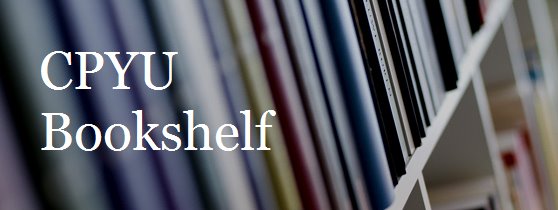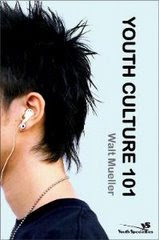 Reviewed by Chris Wagner
Reviewed by Chris Wagner(The following review appeared in the Spring 2009 edition of Engage: The Journal of Youth Culture from CPYU.)
It seems as though as little as a few years ago there were very few books and resources available to people who wanted to learn more about self-mutilation, selfharm, or cutting. Thankfully, the research being conducted in this field has enabled the insight—and therefore the books—about this youth-prevalent epidemic to keep getting better and better. Inside a Cutter’s Mind: Understanding and Helping Those Who Self-Injure (NavPress, 2007), by Jerusha Clark and Dr. Earl Henslin, is no exception. Self-harm is often misunderstood.
Clark thoroughly and gracefully explores the many dynamics that weave through the fabric of a cutter’s mind and life in a way that allows those to whom self-harm makes little sense, begin to grasp the reality and rationale of this behavior. Even more, she does so in a way that brings hope into a seemingly hopeless situation. Readers will be encouraged to look at cutting in multi-dimensional ways. Through first-hand stories of selfharmers, insight from medical professionals, counselors and literature, Clark demonstrates that cutting is both physiological and psychological. Written from a Christian perspective, Inside a Cutter’s Mind also addresses the spiritual needs of self-harmers.
The motivations and needs of selfharmers and, therefore, the necessary steps to full recovery differ drastically from individual to individual. There is simply no one way to address this behavior. Clark provides us with medical insight that demonstrates why cutters can not simply stop their behavior of their own power. As cutting powerfully affects the brain, body and soul, different treatment options addressing all these areas are appropriately discussed. This book is a must-read for anyone who knows, loves and is trying to offer help to a cutter.
Related Links:

















1 comment:
Thanks so much, Chris. I do a lot of work with teens who self-injure, so I will definitely get this resource. My best resource so far has been "Bodily Harm" by Lader & Conterio.
Post a Comment